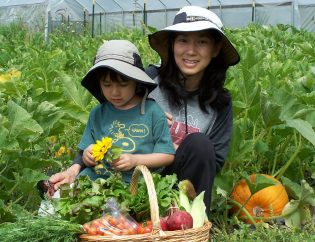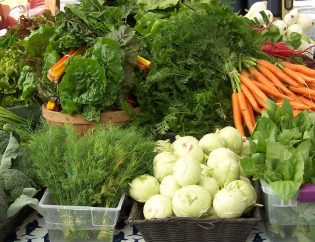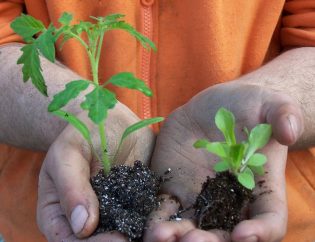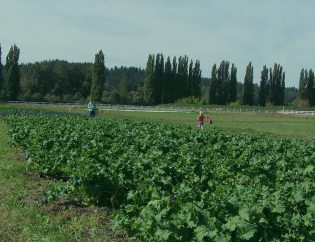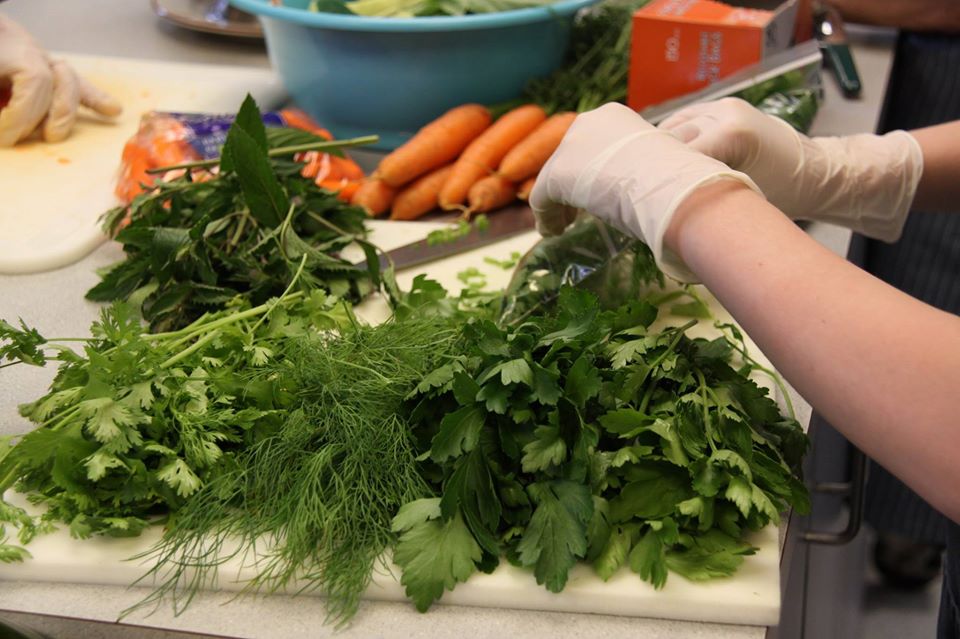
“So, is this the end of the story? No, for it seems that when some problems are solved, others come up. Farmers want to provide food to people – All people - and I had noticed frustrations around that. They wanted to do more than sell to just those who had access and could afford it. They knew they had solutions to disease and conditions like obesity – right out in their fields. But where to get help in going that extra step?” [Excerpt from second segment; now onto the next segment . . .]
There are so many problems with our food distribution system that they can seem insurmountable. One thing I’ve pondered on for so many years was some way to be able to share this live-giving food with those who don’t have access. We always have donated surplus to a food bank, and even donated free shares from The Root Connection (RC) to families that were nominated by our members. Other local farms also were doing what they could. Frustratingly, the thing that was the worst barrier to doing more was money.
Mixed vegetable farming is typically a low-profit endeavor, even in good economic times.
Mixed vegetable farming is typically a low-profit endeavor, even in good economic times. In the past three years, farmers have seen their profits evaporate, as CSA or farmers’ market systems have suffered a downturn in their customer base. In the past 2 years, several have been forced to quit farming. This is happening at the same time that agencies that serve people in need have had their funding cut, and are having a hard time feeding people. Donations of fresh produce are almost non-existent.
Farmers love to donate food. However, if they have surplus crops in their fields, they cannot afford to pay labor to pick, clean, package and deliver this produce where it is needed. Usually they have no choice but to just till it back into the ground, or leave it there until it is inedible. One might think that “doing what they could” would be enough. But thoughts persisted that there had to be another way.
As our food supply became more adulterated, and eating habits to largely junk food, diseases caused by poor nutrition increased. Also, more children as well as adults in this country were suffering hunger. Recent statistics showed that there are 16 million children hungry in the U.S. and one out of 4 right here in King County. Agencies attempting to help were frustrated by budget cuts, and fresh produce was one of the things that was the most expensive for them to buy even though it was the one food item that could help the most.
These were the things we farmers were thinking about as we were bending over our fertile earth and pulling life from the ground. Here in our segregated farm area with those who need us most seemingly so far away. But they aren’t, really, they are our neighbors. So here we have a situation where farmers are on the edge of survival but want to help more and there needs to be a solution!
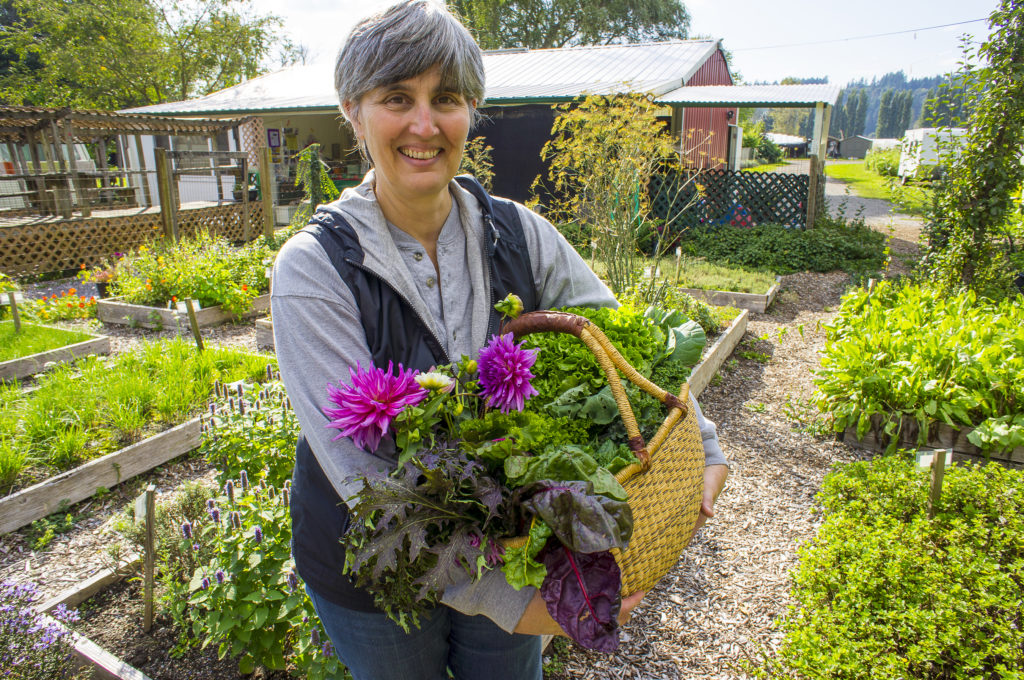
I remember one Sunday when I sank into my chair late in the afternoon, determined to get some down time and not do anything related to work for the rest of the day. I had picked up a Sunday paper that morning with this in mind – actually take the time to read the whole thing. The pictorial magazine section was the first thing I turned to, which had a feature article on the man (sorry don’t remember his name now) who was the new head of World Vision. The article mentioned he had given up a multi-million dollar job elsewhere to do this. My always cynical mind processed all this with thoughts like, “Well, that’s fine, but you already made all this money – why do you even need a salary at all.” ……. You know, the typical thinking most of us have about things like this. Then I came to a part where he mentioned why. He said “I asked myself – What does God expect of you, and what are you going to do about it?” OK, so he got me there. I also realized that I felt the same way, and was really doing a lot of rationalizing about why I hadn’t done anything about the feelings I had all these years. So those thoughts followed me the rest of the day.
So those thoughts followed me the rest of the day.
Tic, Tic, Tic! Frustrated, I finally went to bed with the intention of finding something on TV that would distract me. Oh-Larry King show – I never take time to watch that, so I tuned in. Suzanne Somers was on, which I thought would be interested, she’s all about health and all . . . and maybe I could indulge my cynicality some more (after all, she can afford face and body work to look good and have her gardeners grow the best food) – that’s where I was going in my mind. But then she started talking about food distribution and food injustice.
She described a non-profit she had started to help solve some of these problems. When Larry King mentioned that it seemed it would be “easier” (i.e. cheaper) to “feed the poor” with bulk food, she went ballistic. Suzanne actually pounded her fist on the table, looked into the camera, and said “Why is it that in this country, everyone can’t have good food?” “Hey”, I thought, “I’m with you, Suzanne, you are my kind of woman!”
So there was not much sleep that night, but by morning I had drafted yet another newsletter to our members about forming a non-profit to help small local farmers and the people that need them most of all. The tables could be turned, I thought, by using donation money to pay the farmers, setting up some sort of distribution system, and contacting agencies and food banks that need the food. Then, instead of the agencies having to purchase the food, the non-profit would deliver it for free. I reasoned that farmers would be willing to harvest their surplus while still in quality condition, perhaps even growing some extra – even if they did not make any profit, just get their production costs met.
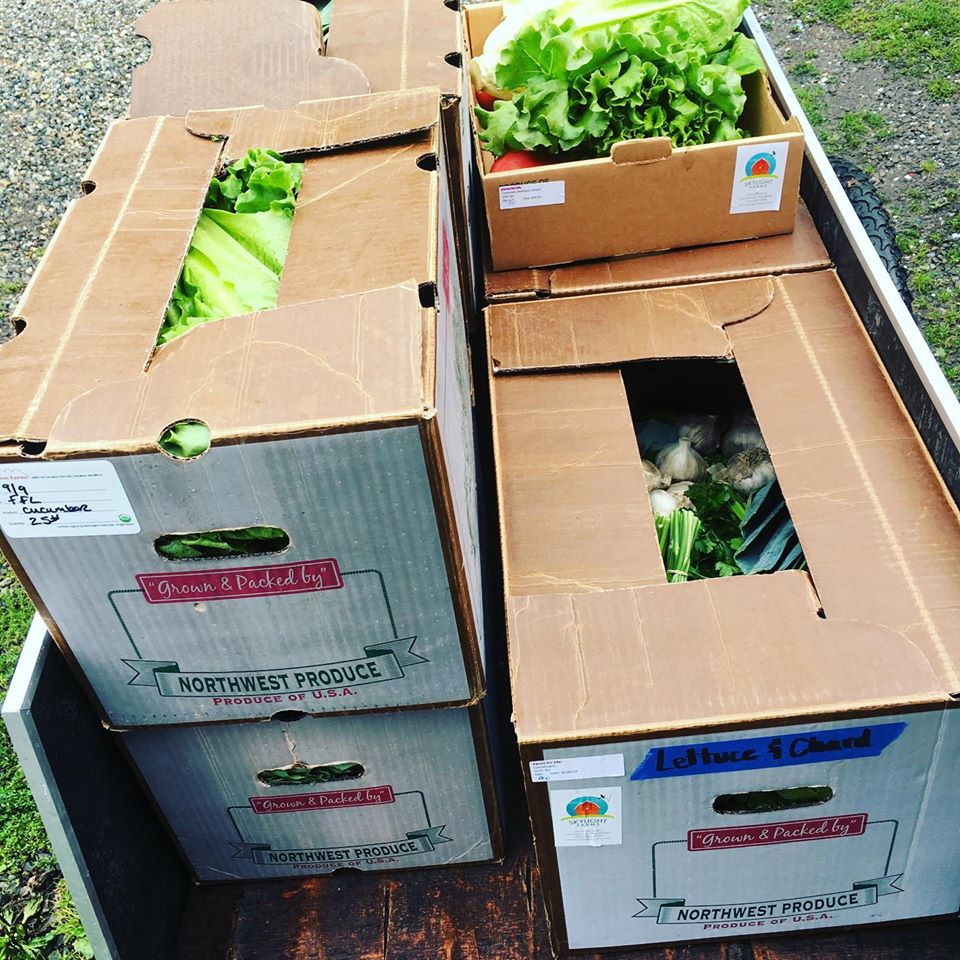
Source: Farms For Life
After that, things moved fast. In the fall of 2009, RC members got together and formed a Board, and started Farms for Life (FFL). By the beginning of 2010, FFL had purchased an old van and was already donating food. By the end of that year we had our 501 (c) 3 status from the IRS. In 2011, FFL received a grant from United Way to build a cooler on the RC property where participating farmers could deliver and store their produce for distribution to agencies that help people who are food insecure. By 2013 we were on our way to distributing over $30,000 worth of organic vegetables to 13 different agencies and were supporting 8 small farms. We estimated that this would be over 20 tons of food that year, enough to provide vegetables in over 90,000 meals for children or 60,000 meals for adults.
For current information on Farms for Life, visit their website at farms4life.org.
So, for now at least, that is the “End of the Story”–– except for HOW YOU CAN HELP:
Just do a donation – small, large – we’ll take ‘em all! Donations by check are accepted at The Root Connection farm or mailed in. For electronic donations see farms4life.org
Farms for Life is nearly all volunteer. (We have one person working a few hours per week doing all the separating and packing of the vegetables.) Our cooler space, utilities, office equipment and space is all donated by the Root Connection farm. So expenses are extremely low – your donated money goes directly to where it’s needed. Thanks for listening, and for all your support through the years!
